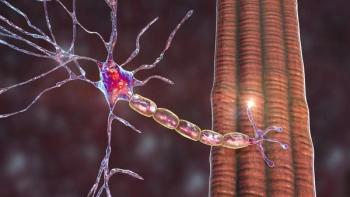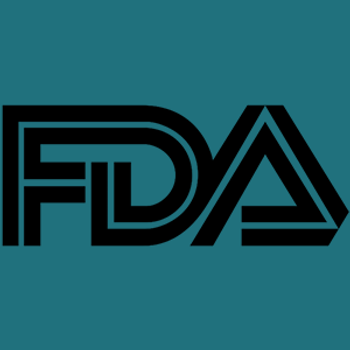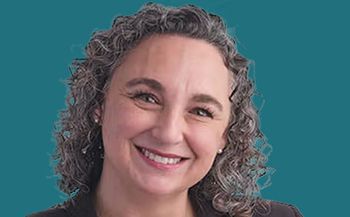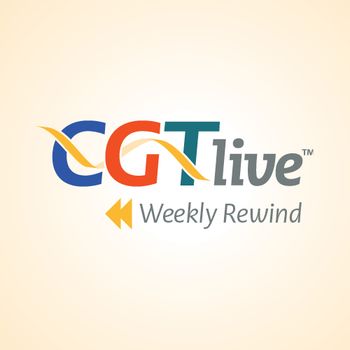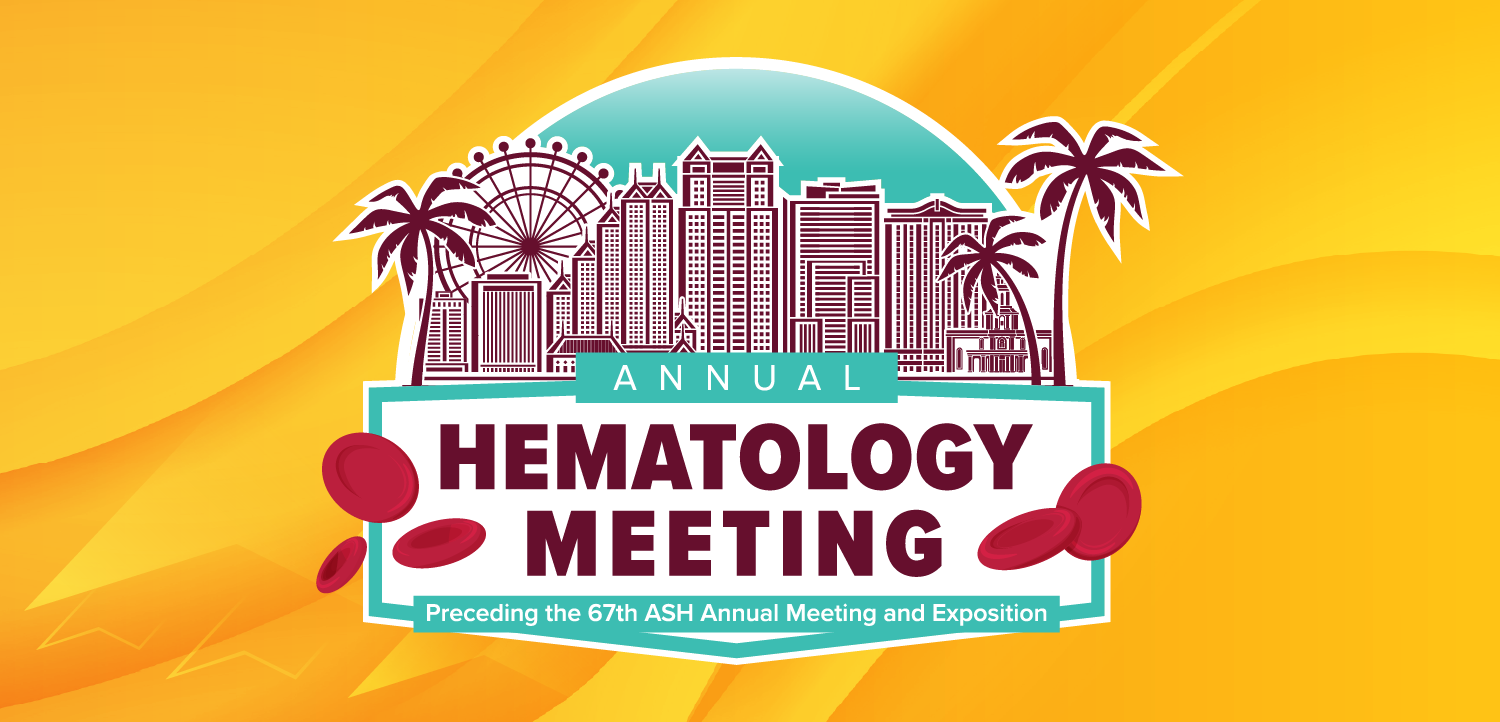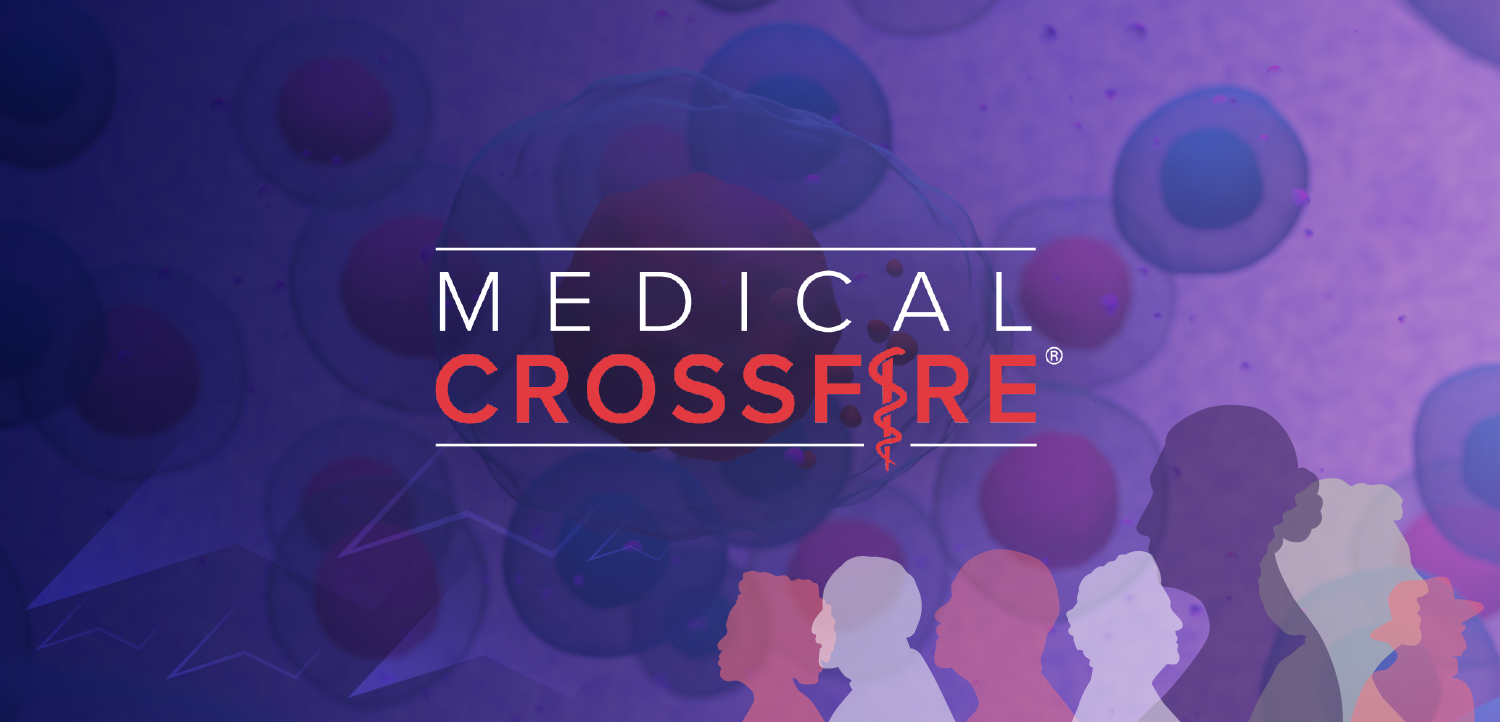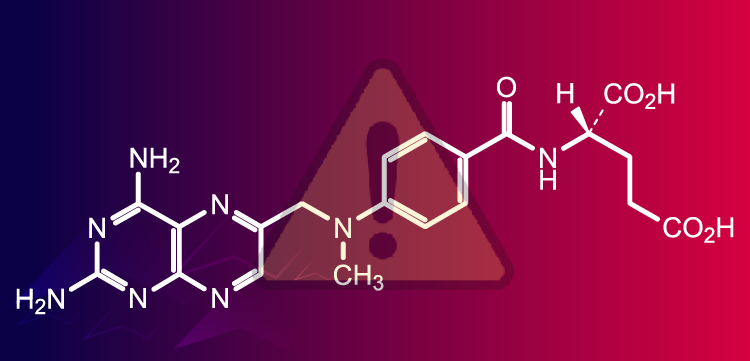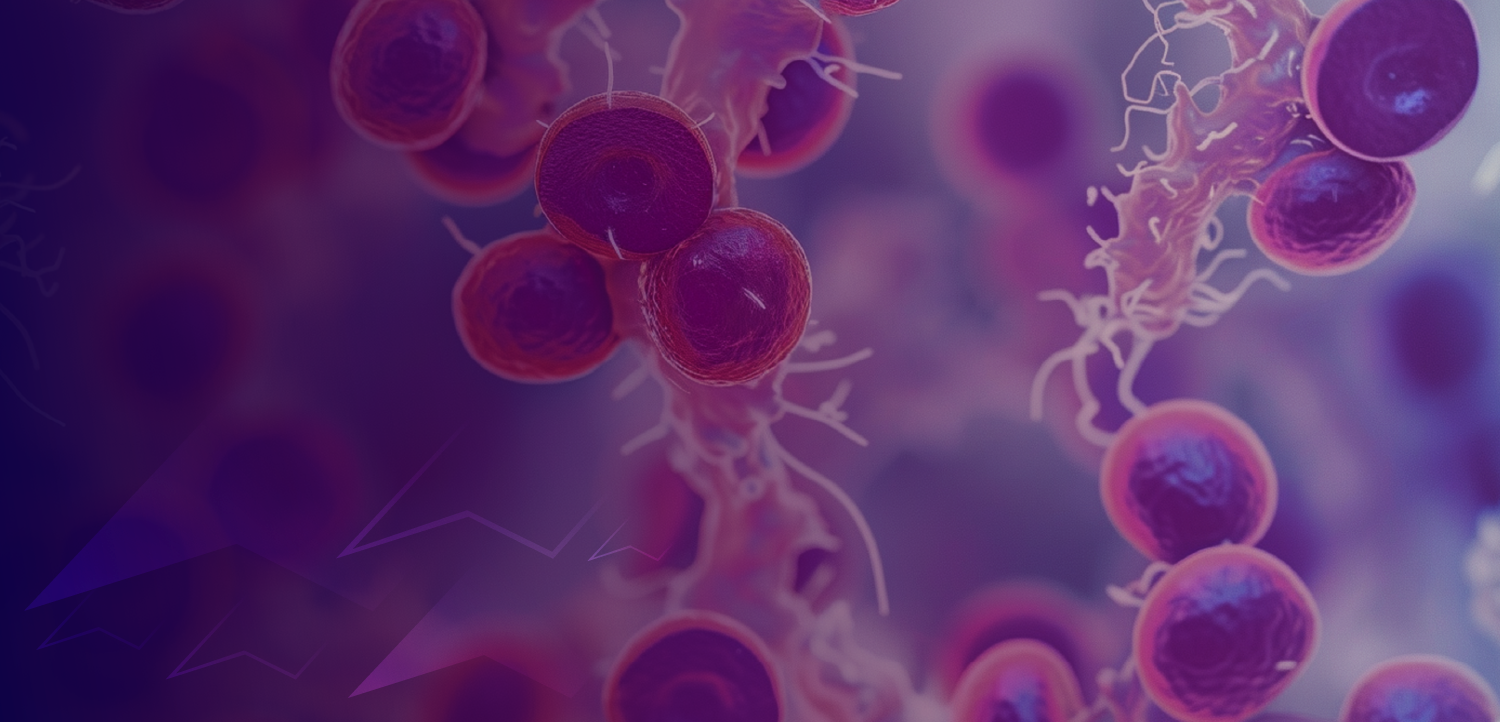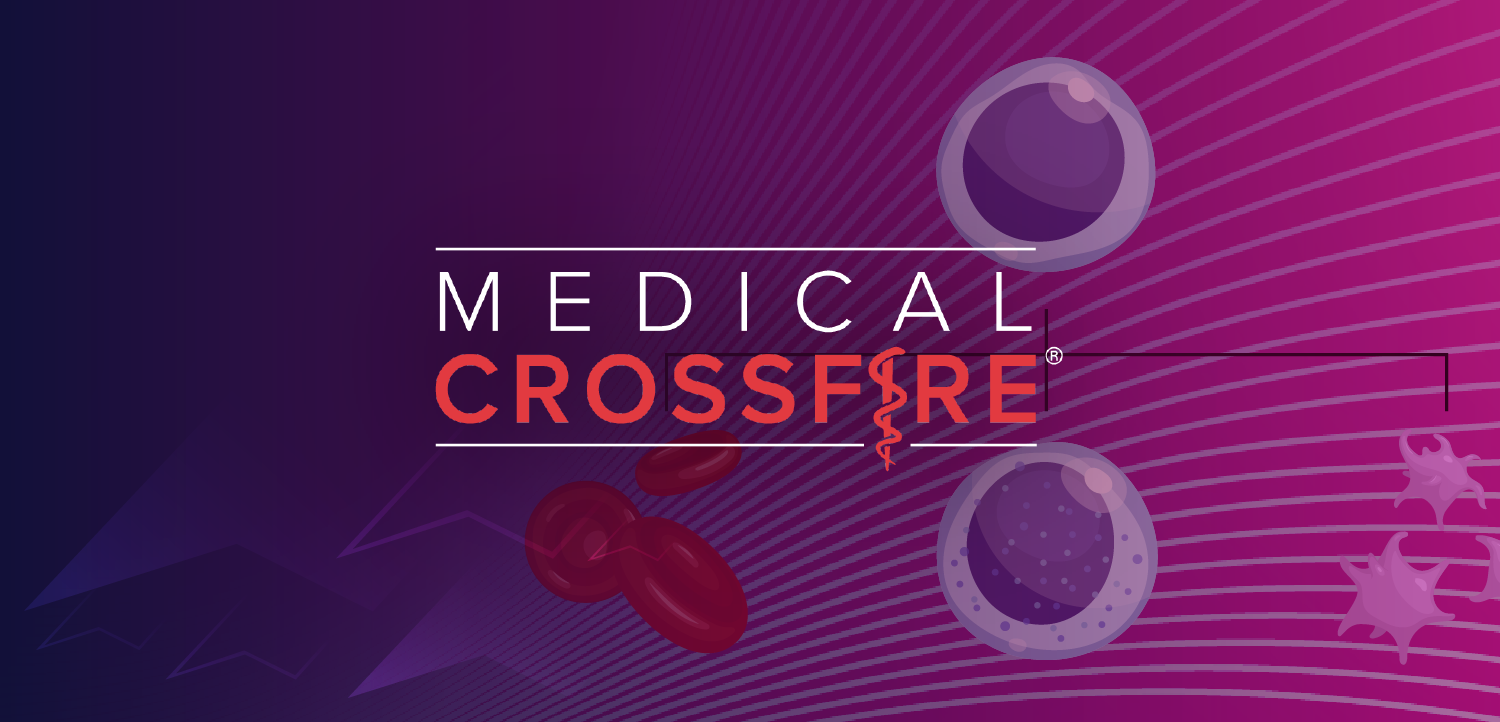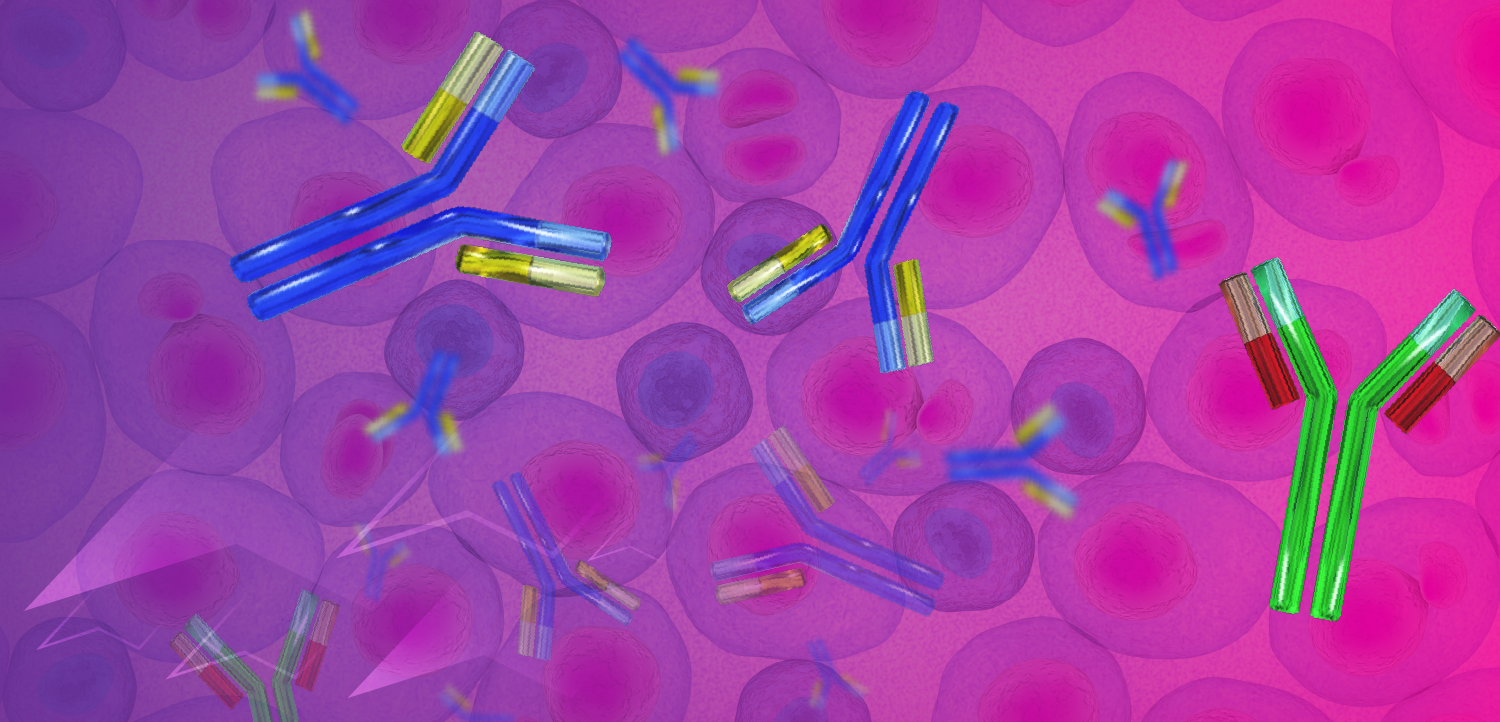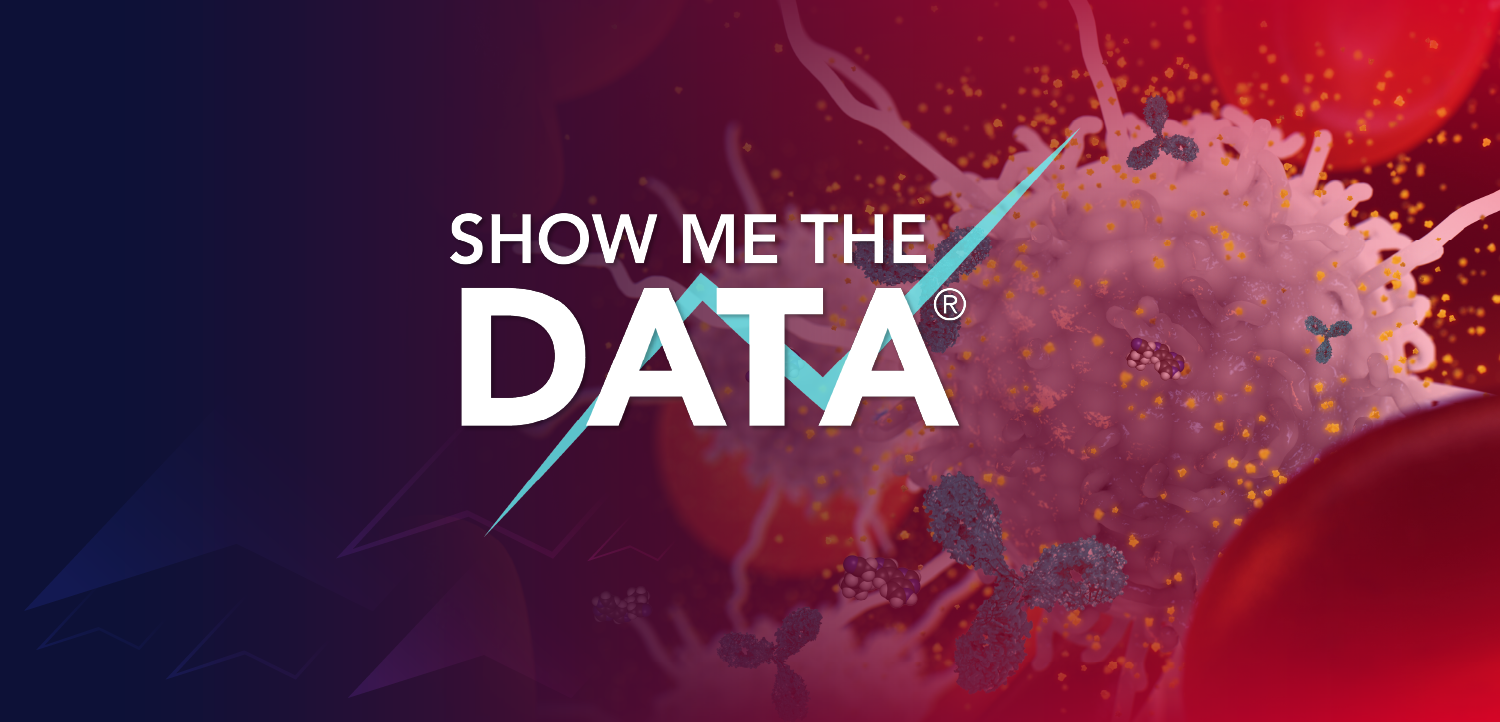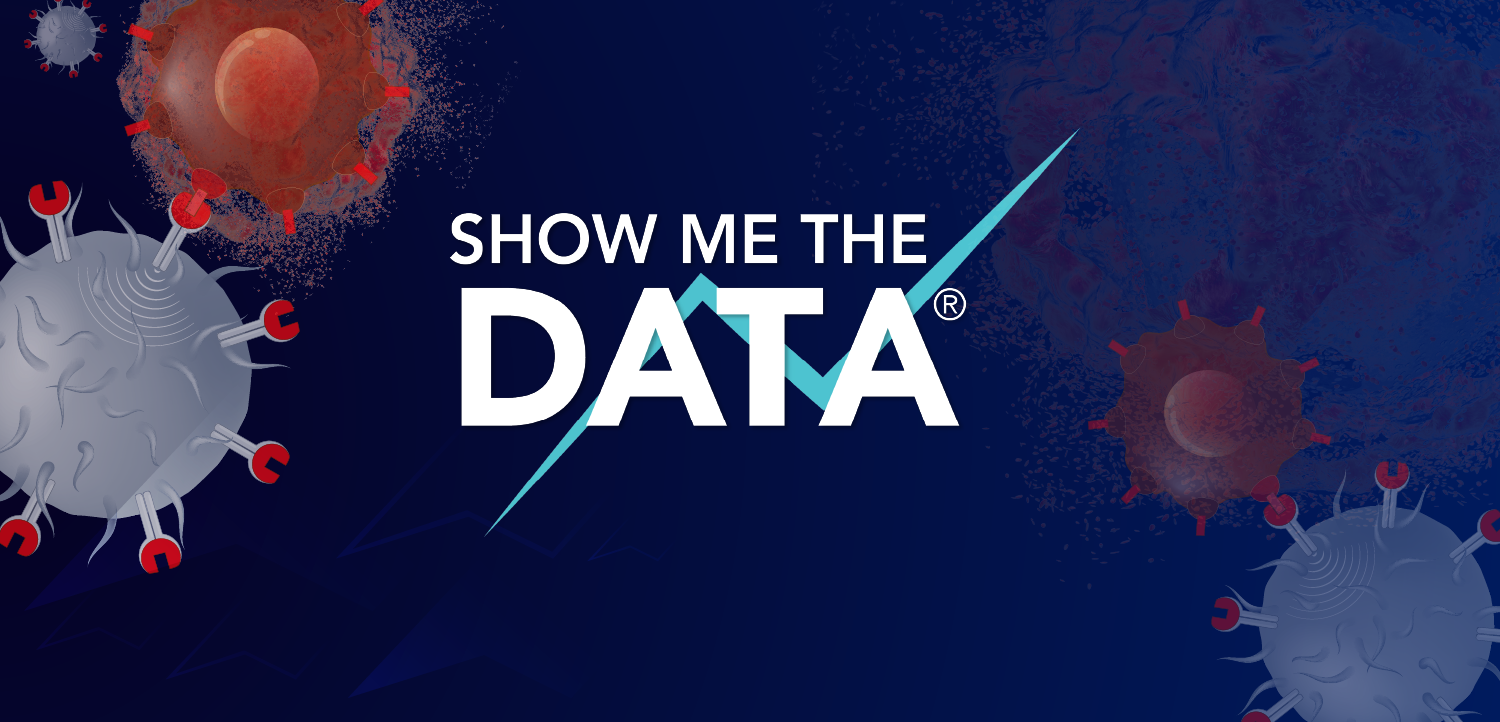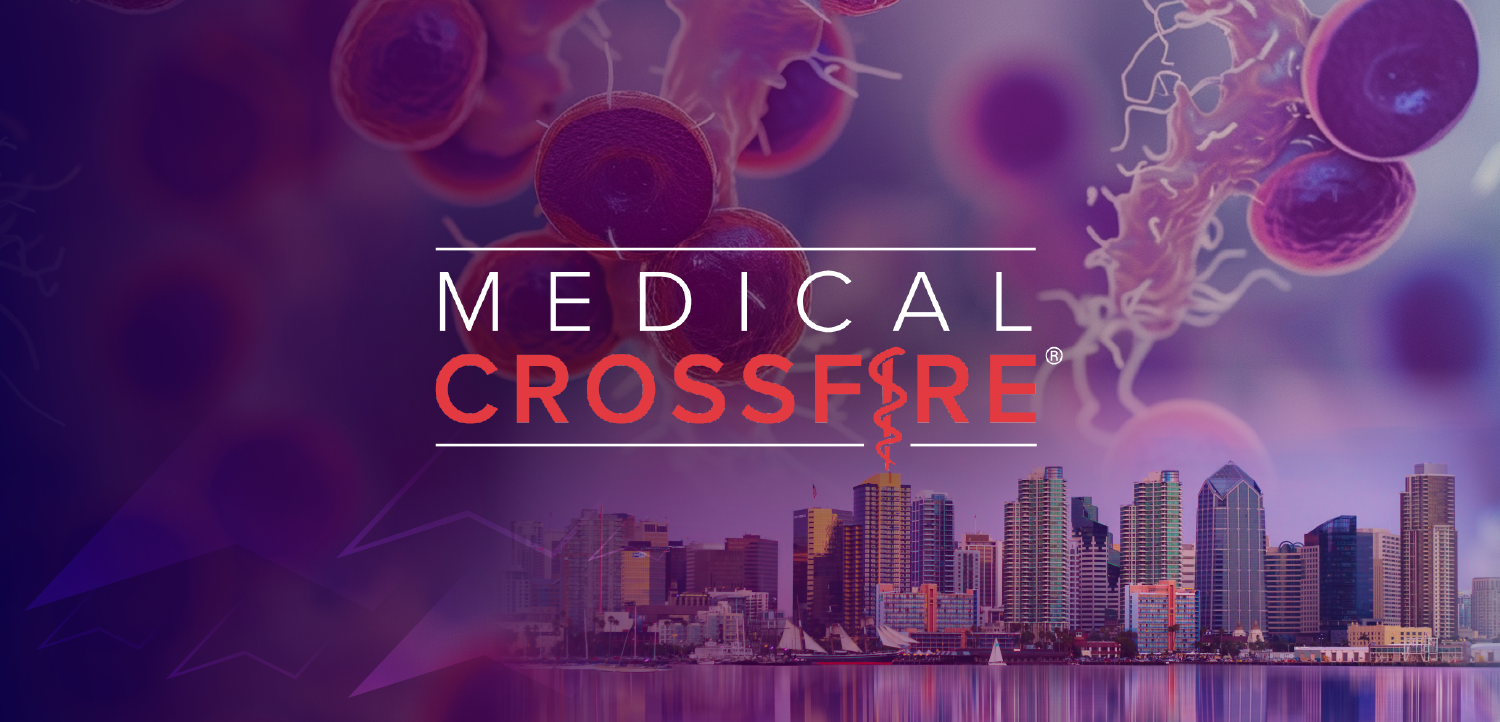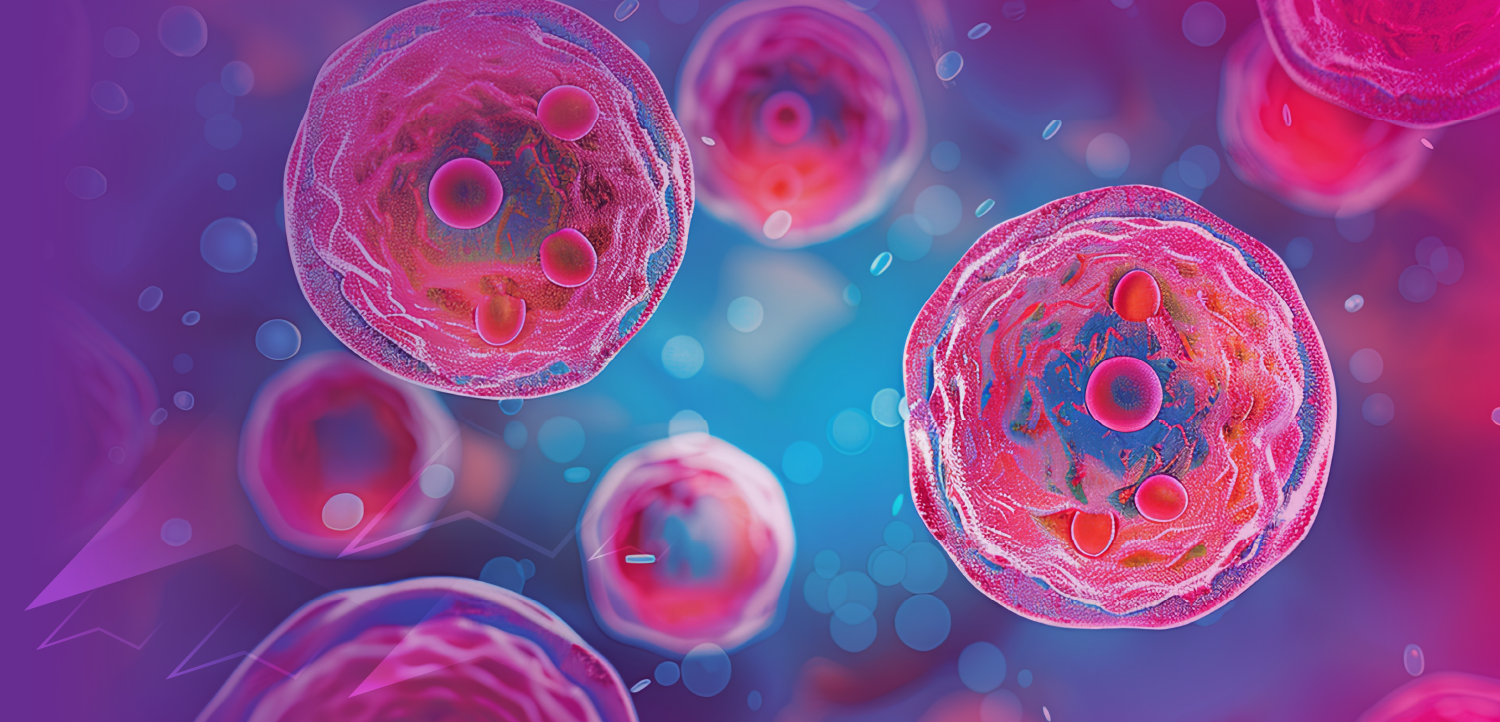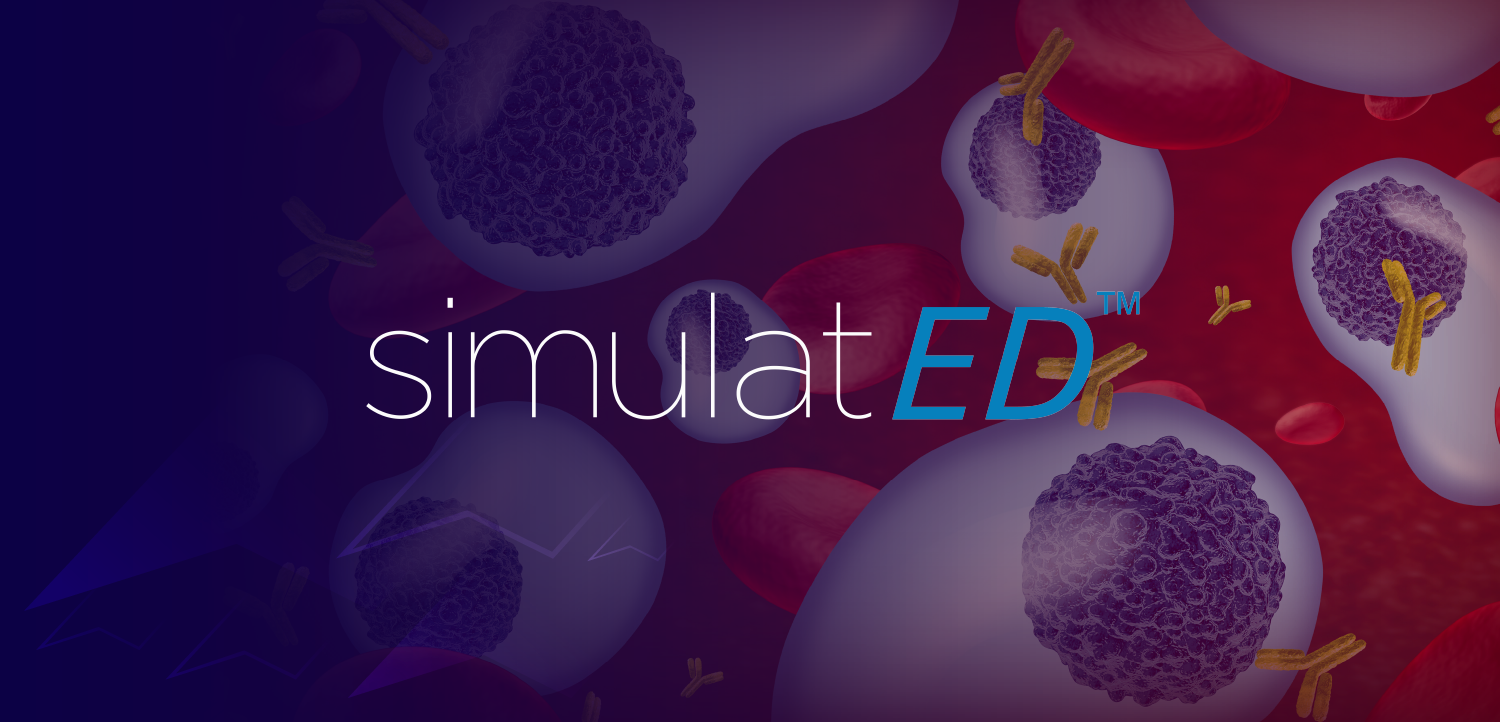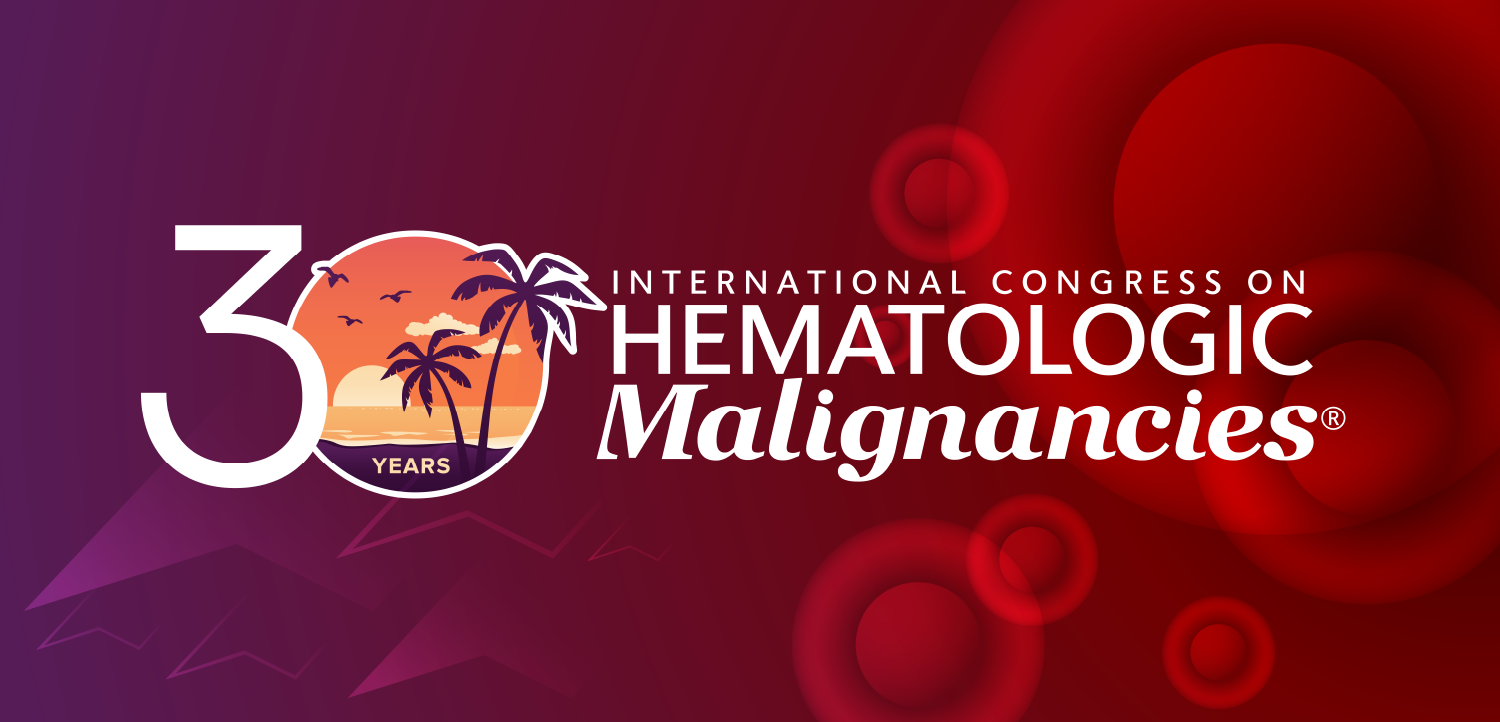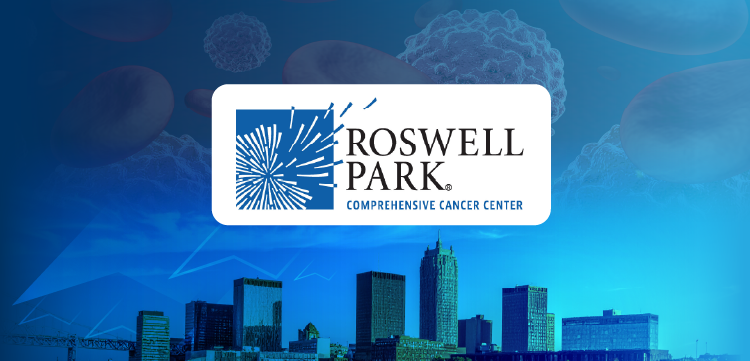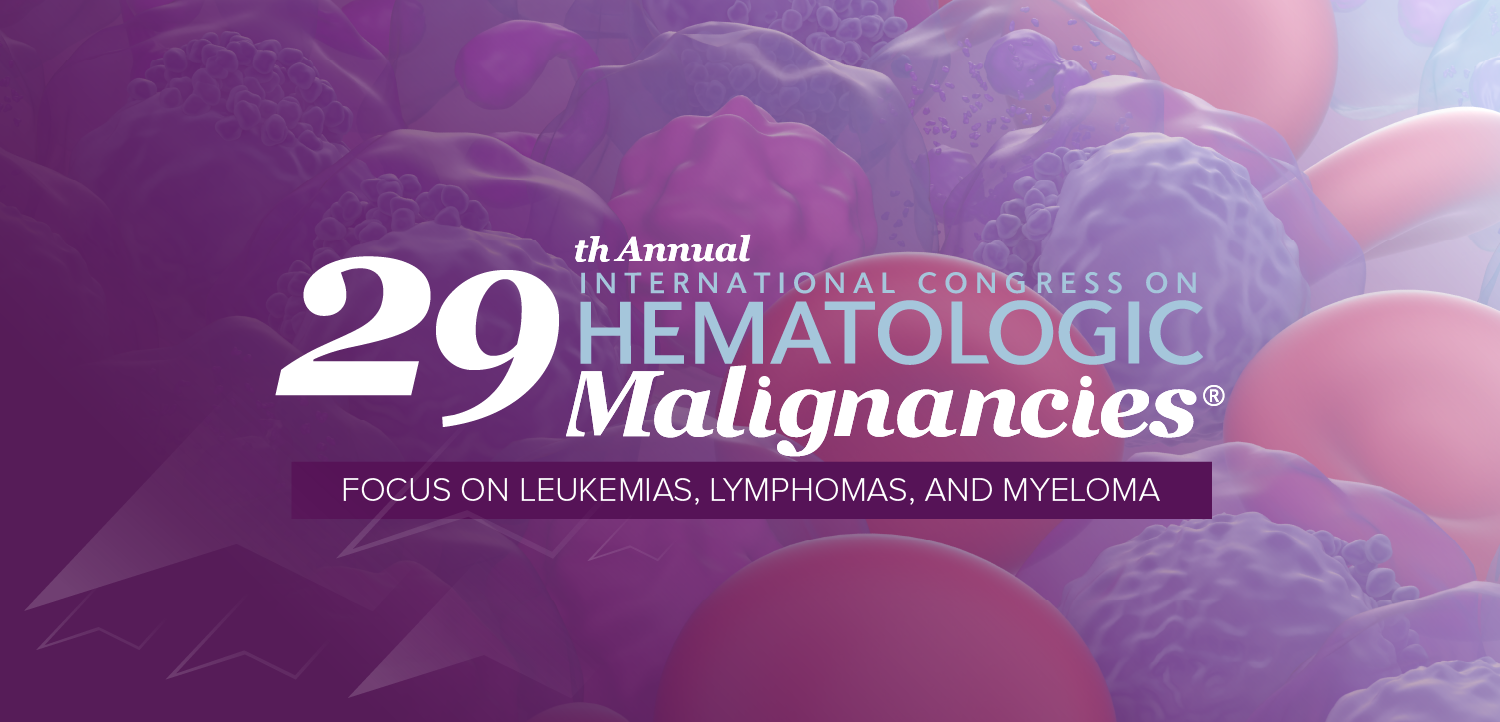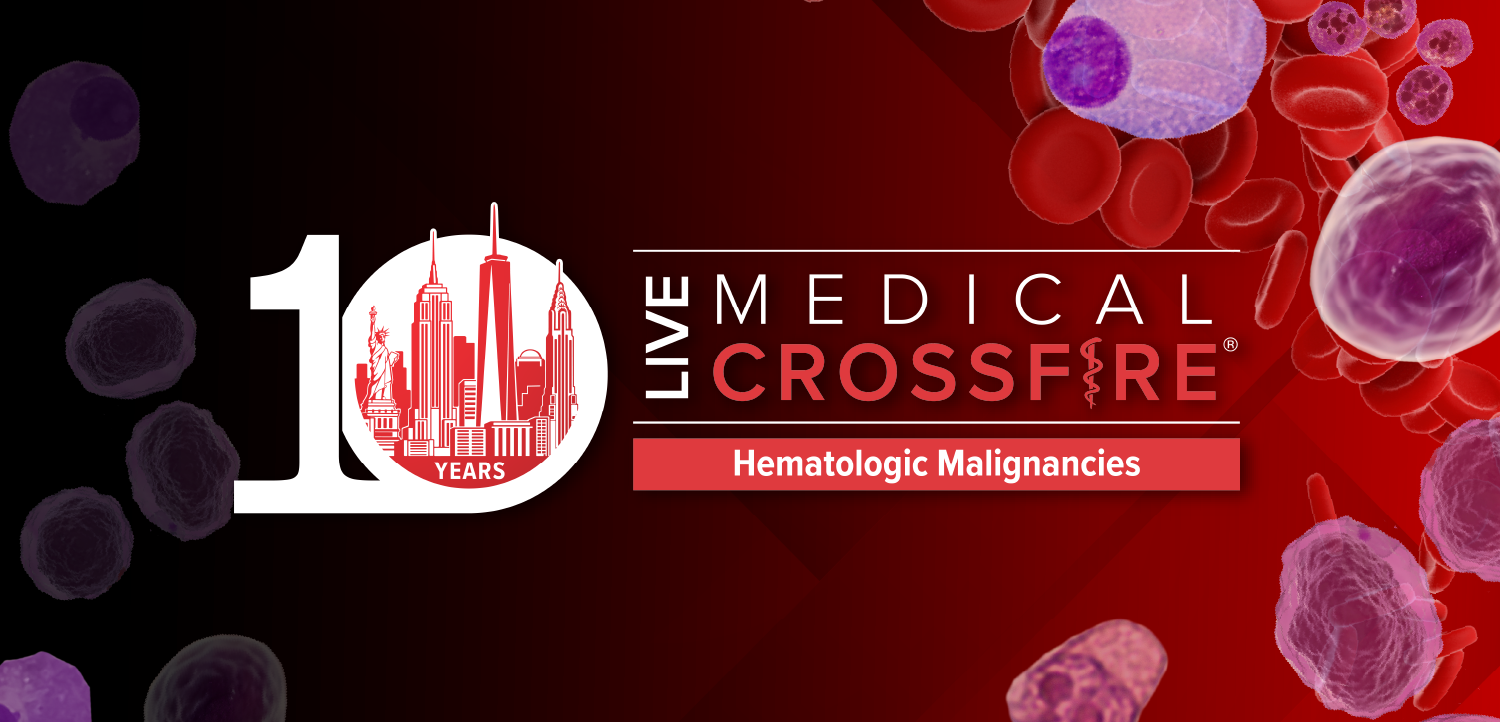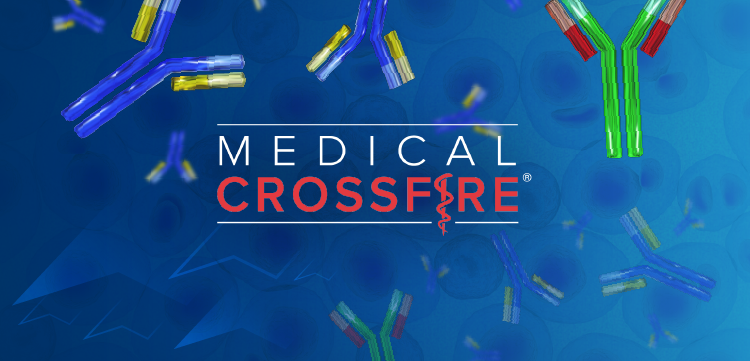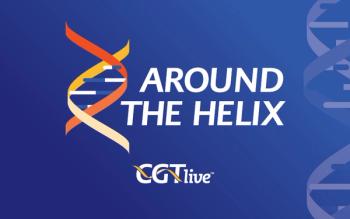
Analyzing PostCAR Myeloid Neoplasms
Mark Hamilton, MD, PhD, a hematology-oncology and BMT cell therapy fellow at Stanford University, discussed implications of his institution’s findings on treatment-related secondary malignancies.
The FDA began
Shortly after the conference, CGTLive® spoke with Mark Hamilton, MD, PhD, a hematology-oncology and bone marrow transplant (BMT) cell therapy fellow at Stanford University, who presented the data, about the key findings. Hamilton went over the main results and their implications, as well as the limitations of the study and areas of interest for further research.
CGTLive: Can you give some background context about your ASH presentation?
Mark Hamilton, MD, PhD: We've been studying the interaction between CAR T-cells and human hematopoiesis for a while now and this became timely recently because the FDA has issued warnings regarding second primary malignancies, in particular T-cell lymphomas and myeloid malignancies, after CAR T-cell therapy. At Stanford, we had a number of second primary malignancy cases, as well as the ability to track mutations associated with those malignancies in our relatively large cohort of patients treated for nonHodgkin lymphoma with CAR T-cell therapy. Our goal in this study was to understand factors associated with these malignancies and then understand really how they arose, what their underlying molecular origins were, and whether this seemed to be similar to or different from second primary malignancies after other cellular therapies used in nonHodgkin lymphoma, such as autologous transplant.
Can you give an overview of the key results that were presented?
We were able to study 17 postCAR treatment-related myeloid malignancies, and we did this in a stepwise fashion. First, we compared them to an unmatched but still relevant cohort of postautologous-transplant myeloid malignancies, finding that after diagnosis of the TNM, there was really not much difference in overall survival between the 2 patient populations, and also finding that the karyotypic data we would typically associate with myelodysplastic syndrome (MDS) and acute myeloid leukemia (AML) diagnosis also wasn't very different from the postautologous-transplant myeloid neoplasms, which suggested that the entities are fairly similar, at least at the level that we could find.
We next were able to perform molecular analysis of these, finding that they were strongly associated with TP53 gene mutations, especially the ones that were MDS or MDS-to-AML, which is what you would expect from a treatment-related myeloid neoplasm. Then we were able to perform clonal tracing and find that the mutations associated with those neoplasms were really present prior to the infusion of the CAR T-cell in the form of clonal hematopoiesis. I'd say again, this is a way that we expect these neoplasms to form.
Finally, we tried to do 2 things. One, we just traced global clonal hematopoiesis in our populations, finding that preinfusion clonal hematopoiesis was very, very common in our patients, and it wasn't easily predictive of who is going to develop these treatment-related myeloid neoplasms. And secondly, we tried to associate some factors with the development of these neoplasms, finding that patients that had multiple cellular therapies were more susceptible. This is, again, what you would expect from a patient that had multiple infusions—multiple opportunities for DNA damage to their bone marrow—would be more likely to develop these malignancies.
We performed some additional clonal work trying to understand at the single cell DNA level how these mutations were distributed, and found additional evidence of things like clonal competition and some minimal evidence of CAR T-cells integrating into clonal hematopoiesis mutations, which may be relevant in the context of CAR-positive T-cell lymphomas, but this was a pretty rare phenomenon. Overall, we feel the findings of our study demonstrate that postCAR—at least myeloid—neoplasms seem to derive from preexisting clonal hematopoiesis and occur in patients that have high treatment burdens and are often TP53 mutated, and in general follow similar patterns to the development of treatment-related myeloid neoplasms that we would expect in other contexts.
What would you say are the big picture implications that doctors should take away from these findings?
I think the large implications of our current findings are that despite these black box warnings, the myeloid neoplasms that we seem to be dealing with in CAR T-cells, at least in our relatively small, but detailed study are similar to those that we've worked with in the past in other contexts, such as autologous transplant or even postchemotherapy, and they seem to follow similar patterns as those neoplasms. So we don't see anything unique about postCAR treatment-related myeloid neoplasms—that is not to say that they aren't a very devastating outcome for patients and have very poor survival associated with them, so they need to be taken very, very seriously when they do occur.
Then looking at the preinfusion data, we see that many patients come into CAR T-cells with many clonal hematopoiesis mutations, and at least at this stage, we weren't able to easily screen patients that were developing these neoplasms. As such, one question that we're often asked is whether we should avoid therapy in patients with clonal hematopoiesis mutations, since they can be detected, and we don't see any evidence, at least so far, that patients with lymphoma should be denied a life-saving therapy because they have the presence of these mutations prior to infusion. Of course, more work is certainly needed to better define and understand these processes, but as of right now, we find that they're kind of what we would expect.
Were there any challenges or limitations in this research, or have there just been like areas of interest that you've identified where further research would be needed?
The whole study is challenging, but I will say there is a major limitation in that our study is a single institution study, and it would certainly benefit from having partners at additional institutions. We're kind of working towards this already to get a bigger and broader understanding of these postCAR hematologic neoplasms at a national or global level. There are certainly some publications that are already out that describe this at population levels.
In terms of challenges, we are using very deep sequencing to try to understand these processes that occur, and we use things like MRD tracing. These would be something that isn't available within the clinic and so we do have to use ultrasensitive methods that are more research-based even to pick up some of the things that we're able to see in our assays.
Then in terms of just generally interesting things, it is interesting that we're able to find CAR T-cells integrating into these clonal hematopoiesis mutations, but we certainly don't see it on a very large scale that makes it seem dangerous at this time, though certainly further research is warranted in this setting.
Then finally, we're mostly studying a population of patients that are treated with CD19 CAR T-cells, specifically axicabtagene ciloleucel. We would need, again, our results to be broadened to additional CAR T-cell vectors. I do think it's important to stay that at Stanford we have the CD22 CAR T-cell that was recently published in The Lancet and many of our CAR-after-CAR myeloid neoplasms come from that study, and that's a fairly unique context.
Is there anything else you would like to share?
We just appreciate the opportunity to have presented at ASH and the opportunity to be able to present on your platform, too, and we remain available for any questions.
This transcript has been edited for clarity.
Click here for more coverage of ASH 2024
REFERENCE
1. FDA requires boxed warning for T cell malignancies following treatment with BCMA-directed or CD19-directed autologous chimeric antigen receptor (CAR) T cell immunotherapies. April 18, 2024. Accessed February 5, 2025. News release. FDA. https://www.fda.gov/vaccines-blood-biologics/safety-availability-biologics/fda-requires-boxed-warning-t-cell-malignancies-following-treatment-bcma-directed-or-cd19-directed
2. Hamilton M, Phillips N, Lee D, et al. Single institution analysis of lymphoma treatment related post-CAR myeloid neoplasms. Presented at: ASH 2024 Annual Meeting. December 7-10, 2024; San Diego, CA. Abstract #704
Newsletter
Stay at the forefront of cutting-edge science with CGT—your direct line to expert insights, breakthrough data, and real-time coverage of the latest advancements in cell and gene therapy.

